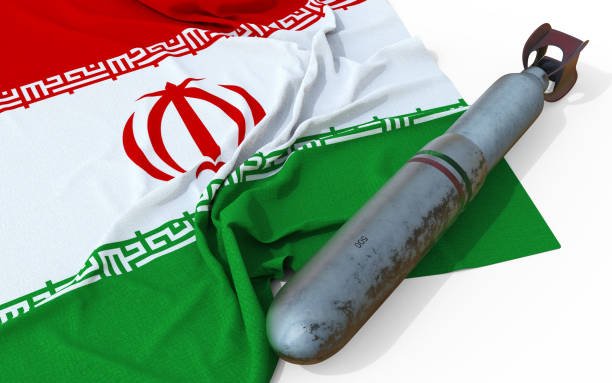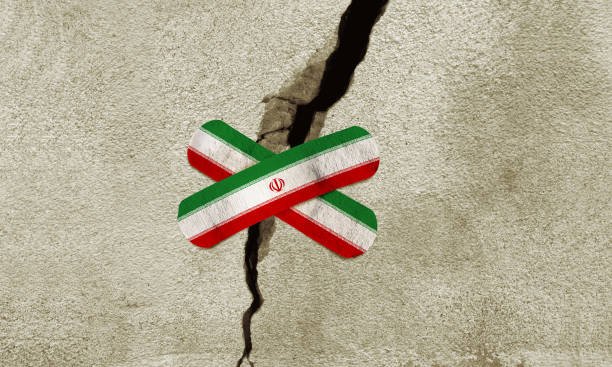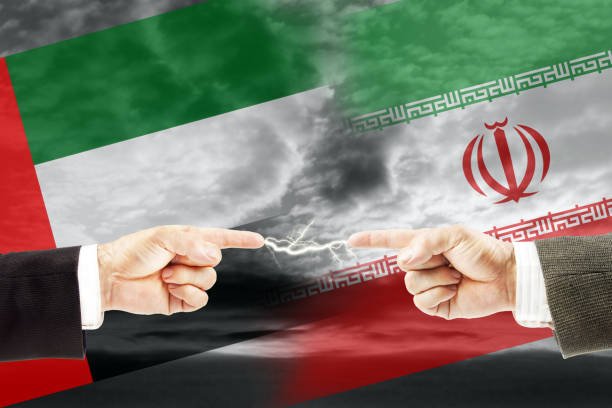Iran Breaks Ceasefire: On June 23, 2025, former U.S. President Donald Trump announced a U.S.–brokered ceasefire between Israel and Iran, marking the end of a 12‑day military confrontation that had rapidly escalated across the Middle East. The conflict began in mid‑June when Israel launched strikes on Iranian nuclear and military sites. In response, Iran launched heavy ballistic missiles and drone attacks on Israel, targeting military and civilian infrastructure, including hospitals, across several cities.

Despite initial optimism and a global sigh of relief—including from European leaders, Egypt, and Saudi Arabia—the ceasefire’s terms were porous, and readiness to resume hostilities persisted on both sides.
The Breaking Point: Missiles Fly Again Into Israeli Territory:
Only a few hours into the ceasefire, Israel reported detection of new missile salvos launched from Iran toward Israeli cities, including Beersheba and northern regions. Sirens blared, and Iron Dome systems activated amid the renewed missile threat. A residential apartment building in Beersheba was hit, killing at least four civilians and injuring over twenty—including some inside their designated safe rooms—tragically demonstrating the power of ballistic missiles even in protected spaces.
Later reports confirmed four fatalities in this strike. Already on June 19, a Sejjil missile fired by Iran had battered Soroka Medical Center in Beersheba, injuring dozens and disrupting hospital services, drawing strong global condemnation. This strike was a precursor to the ceasefire breakdown.
Israel’s Response: “Forceful” Retaliation Ordered:
In direct response to what it deemed a “blatant violation” of the ceasefire, Israeli Defence Minister Israel Katz publicly announced orders for a “forceful” military reaction, authorizing high‑intensity strikes against regime targets in Tehran. Echoing this, Chief of General Staff Eyal Zamir emphasized that the military was directed to hit “regime assets and terror infrastructure” deep in Iranian territory.
Israeli public shelters were reactivated as the threat level surged, and military forces mobilized in anticipation of further escalation.
Iran Denies, Calling Israeli Accusations False:
Iran swiftly denied any post‑ceasefire missile launches, with government-aligned media like ISNA condemning Israel’s claims as “false” and maintaining that the country had not violated any truce agreement. Iran’s Supreme National Security Council reaffirmed its readiness to respond to any aggressive actions while simultaneously claiming victory in compelling Israel to accept the ceasefire.
Iranian Foreign Minister Abbas Araghchi clarified that Tehran had agreed to stop military operations only in response to an Israeli cessation of attacks by an agreed deadline, suggesting there was no universal understanding of a synchronous ceasefire start.
Civilian Toll and Humanitarian Cost:
The missile exchange has inflicted stark human suffering. In Israel, at least four civilians were killed and dozens injured in Beersheba strikes, with additional casualties hospitalized amid the Israeli response. Iran, too, has reported civilian and military losses from Israeli bombings, including the deaths of nuclear scientists and missile personnel.
Meanwhile, in Gaza, humanitarian conditions further deteriorated. An Israeli strike killed 25 civilians who were awaiting aid shipments, underscoring the wider regional impact of the conflict.
Regional and Global Diplomatic Reactions:
Global responses to the resumption of hostilities have been swift and varied:
-
China urged calm and emphasized a diplomatic solution.
-
European nations, including France and Germany, called for strict adherence to the ceasefire.
-
Qatar reasserted its condemnation of attacks on U.S. military installations in Doha and accepted a diplomatic role in brokering peace.
-
Egypt and Saudi Arabia welcomed the ceasefire but voiced concerns as violations emerged.
The UN denounced the weaponization of aid in Gaza trauma zones as a war crime, deepening the humanitarian crisis.

Strategic and Political Implications:
The collapse of the ceasefire underscores fundamental strategic confusion:
-
Misaligned Ceasefire Terms
Israel and Trump declared a synchronous truce, but Iran claimed its halt began only after an agreed Israeli cessation, revealing mismatched timelines. -
Military Escalation
Israel launched covert Mossad drone sabotage and airstrikes through Operation “Rising Lion” in early June, targeting missile launchers and air defenses across Iran. The June 13 Iranian strike, “Operation True Promise 3”, responded with over 150 ballistic missiles and 100+ drones targeting Israel. -
High-Stakes Brinkmanship
Both Israel and Iran believe they achieved their primary objectives—Israeli officials claim significant degradation of Iran’s nuclear and missile capabilities, while Iran’s security council said it compelled Israel into a truce. However, the death toll, destruction, and infiltration of civilian areas reflect a dangerous escalation that could still spiral. -
Human Cost and Legal Ramifications
Targeting hospitals or civilians may constitute war crimes. Global bodies, including the UN and human rights organizations, will likely investigate violations on both sides.
What Happens Next?
With the truce unraveling, here’s what to expect:
-
Renewed Strikes: Israel’s military is reportedly poised for intensified air raids targeting Iranian military, nuclear, and missile infrastructure in Tehran and beyond.
-
Iranian Retaliation Risk: Whether Iran will escalate further remains uncertain. Tehran has vowed defensive readiness but denies initiating a new wave of attacks.
-
Diplomatic Interventions: Major powers may attempt to reestablish a firmer ceasefire framework, possibly introducing enforced deadlines or UN monitoring missions to prevent further violations.
-
Regional Ripples: Countries like Syria, Lebanon, Qatar, Iraq, and Yemen could see spillover effects, with renewed drone strikes or missile volleys against U.S. troops or allied forces.
A Peace That Didn’t Hold:
What was meant to be a delicate pause in hostilities revealed deep discord over both semantics and trust. Iran’s denial of ceasefire violations directly contradicts Israel’s official assessment, complicating efforts to restore calm. With public shelters reopened, sirens resounding again, and military action ordered, the region stands on edge.
Whether diplomats can engineer a more enforceable truce—or whether violence will once again dominate—remains uncertain. But for now, the ceasefire brokered by Trump has largely collapsed, once again exposing fragile peace arrangements for what they stand on: sand.
ऐसे और भी एक्सप्लेनर लेखों के लिए हमारे साथ जुड़े रहें! Khabari bandhu पर पढ़ें देश-दुनिया की ताज़ा ख़बरें — बिज़नेस, एजुकेशन, मनोरंजन, धर्म, क्रिकेट, राशिफल और भी बहुत कुछ।
Al Udeid Air Base: Strategic Pivot in Global Military Dynamics

